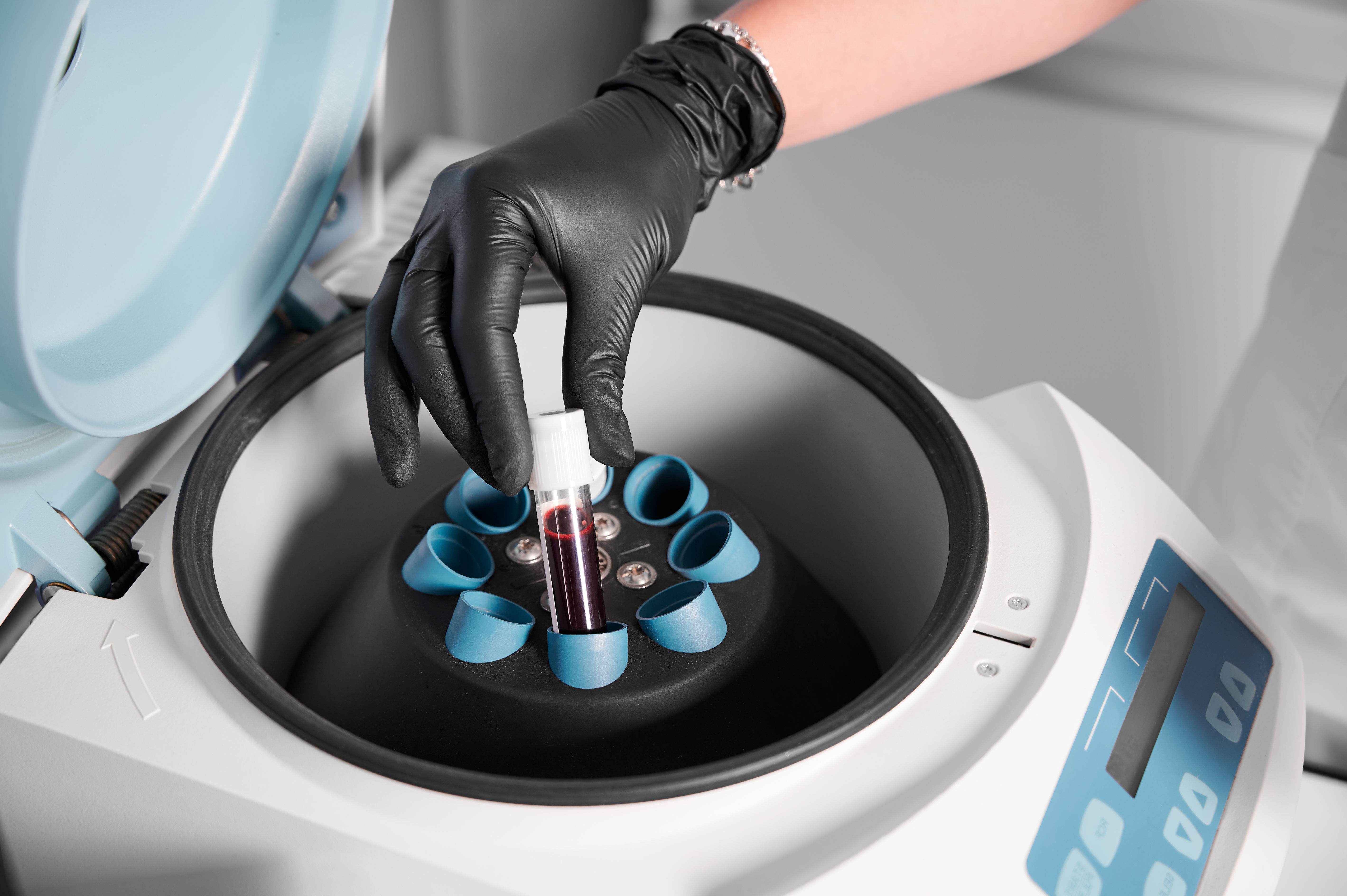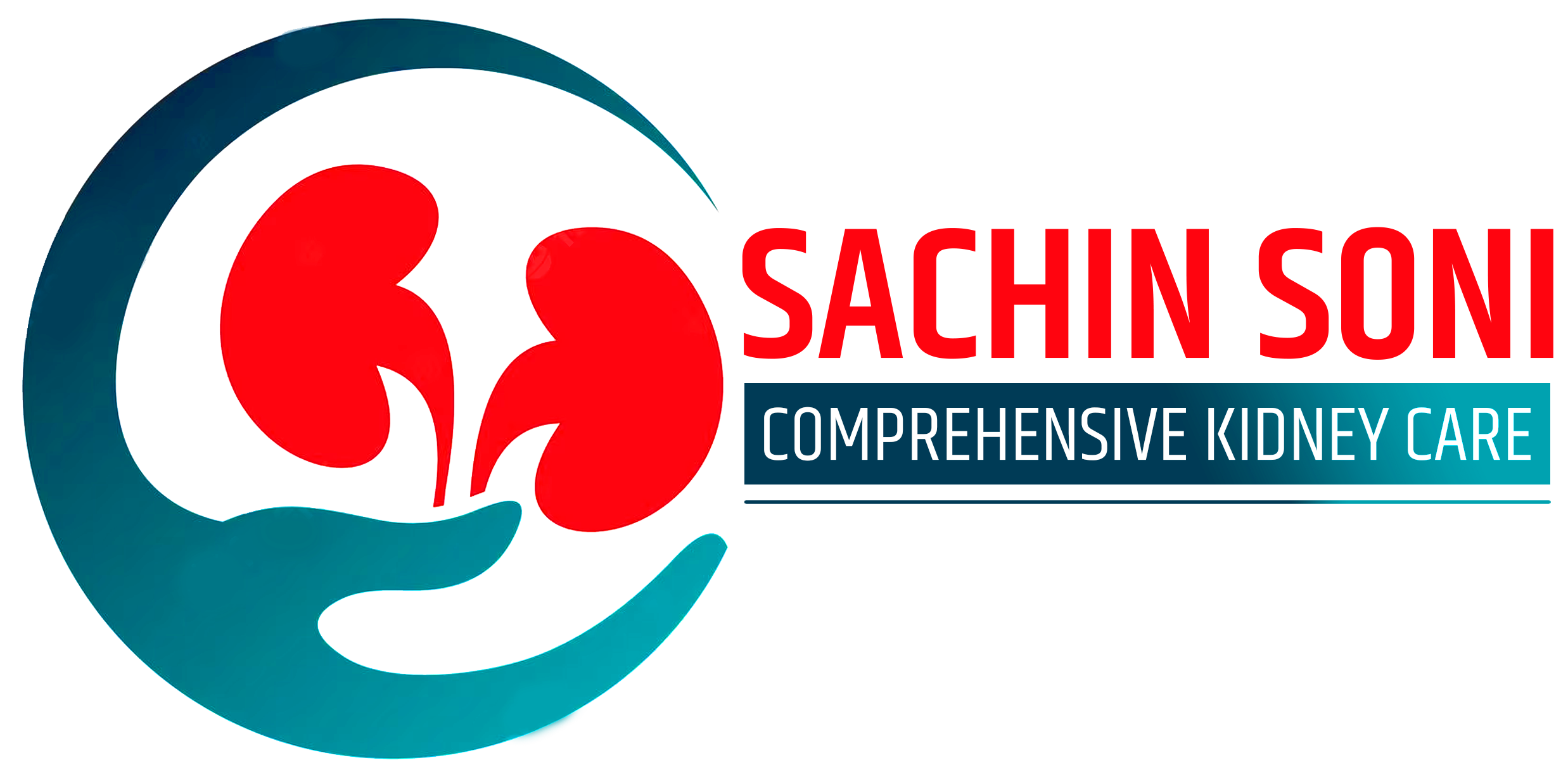Hemodiafiltration (HDF)
Overview
During HDF, blood is removed from the patient’s body and circulated through the dialysis machine, where it is filtered using a combination of diffusion and convection. In addition to removing waste products and excess fluids, HDF also removes larger molecules such as inflammatory cytokines that are not effectively removed by hemodialysis alone.
HDF is considered to be a more effective form of renal replacement therapy than hemodialysis alone, as it can lead to better outcomes in terms of cardiovascular health, survival rates, and quality of life. However, HDF is more complex and requires more specialized equipment than hemodialysis, and it may not be available at all healthcare facilities.
HDF may be recommended for individuals with end-stage renal disease who require more intensive or frequent dialysis treatments, or for those who are not responding well to conventional hemodialysis. The exact frequency and duration of HDF treatment will depend on the patient’s individual needs and medical history.

Frequently Asked Questions
Hemodiafiltration may be recommended for individuals with end-stage renal disease who require more intensive or frequent dialysis treatments, or for those who are not responding well to conventional hemodialysis.
The frequency and duration of hemodiafiltration treatment will depend on the patient’s individual needs and medical history. It may be recommended for more frequent or longer treatments than hemodialysis.
Hemodiafiltration carries similar risks to hemodialysis, including low blood pressure, muscle cramps, infection, blood clotting, and bleeding. However, the risk of infection may be higher due to the use of a large volume of replacement fluid during hemodiafiltration.
Your healthcare provider will give you specific instructions on how to prepare for hemodiafiltration. This may include dietary changes, medications, and other lifestyle modifications. You will also need to undergo surgery to create an access site for the hemodiafiltration machine to connect to your bloodstream.
During hemodiafiltration, you will be connected to a machine that filters your blood using a combination of diffusion and convection. The treatment may take longer than hemodialysis, and you may experience some discomfort, such as muscle cramps or nausea. You will be closely monitored during the procedure to ensure your safety.
Hemodiafiltration combines the principles of hemodialysis and hemofiltration, whereas hemodialysis uses only diffusion to remove waste products and excess fluids from the blood. Hemodiafiltration involves both diffusion and convection, which can be more effective in removing larger molecules such as inflammatory cytokines.
